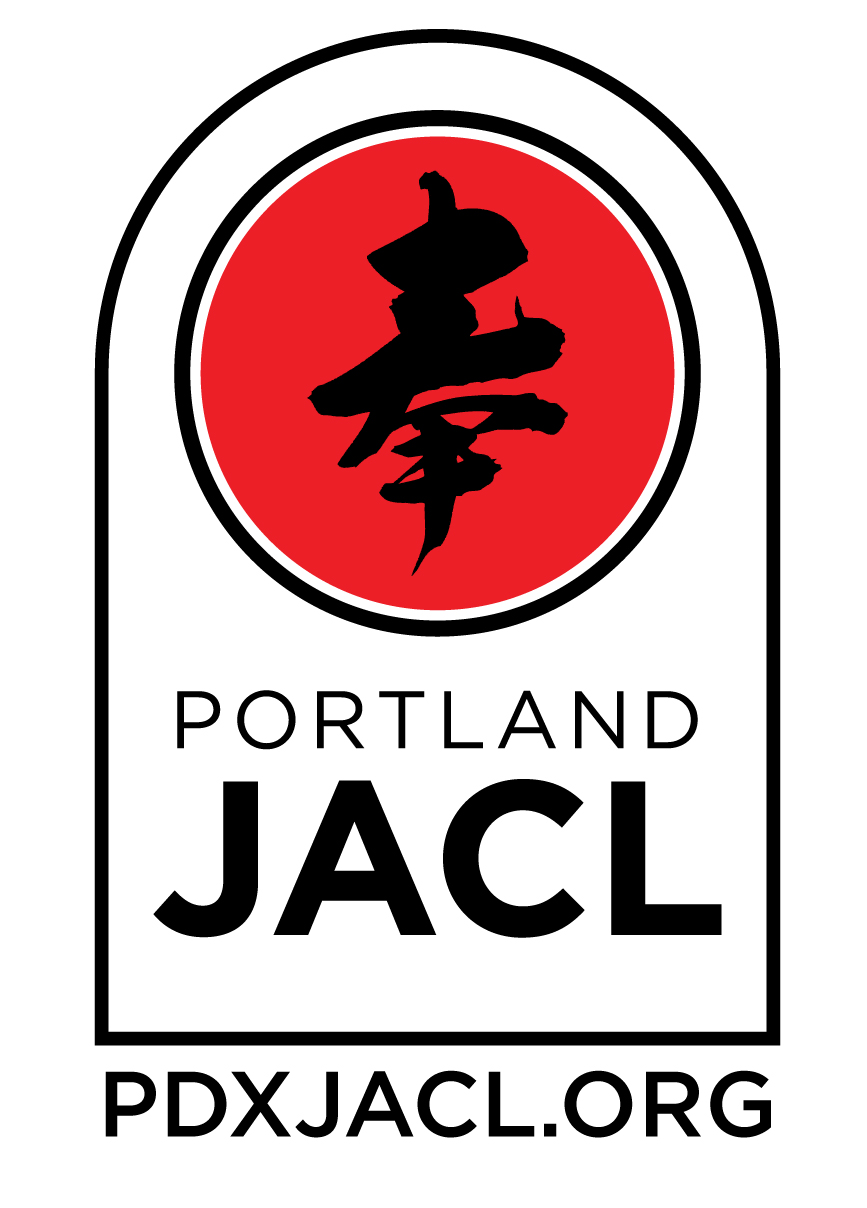August 28, 2025
For Immediate Release
Matthew Weisbly, Education Programs Manager, mweisbly@jacl.org
Seia Watanabe, VP of Public Affairs, swatanabe@jacl.org
Last week, it was announced that a new ICE detention center had opened at Fort Bliss, an active U.S. military base once used as an internment camp for first-generation Japanese immigrants. With a capacity to hold up to 5,000 detainees, Fort Bliss is now the largest immigration detention facility in the country. The decision by the administration to use a former internment site as a detention center is a disgrace to the memory and legacy of the more than 125,000 Japanese and Japanese Americans unjustly imprisoned during World War II.
Fort Bliss was among several facilities used by the Department of Justice (DOJ) and the Immigration and Naturalization Service (INS) to confine Issei, first-generation Japanese immigrants, under the Alien Enemies Act of 1798, following the attack on Pearl Harbor. These everyday business owners, community leaders, teachers, and fathers were labeled as “enemy aliens” not for any wrongdoing, but because the law kept them from becoming naturalized citizens. Until the Immigration and Nationality Act of 1952, the Issei were legally barred from becoming naturalized citizens.
This history makes for an important point of distinction in the context of the WWII Japanese & Japanese American experience. While the DOJ and INS interned Japanese immigrants at sites such as Fort Bliss, Santa Fe, Lordsburg, and Crystal City, the War Relocation Authority (WRA) confined U.S. citizens of Japanese ancestry in concentration camps across the country, such as Manzanar, Tule Lake, Heart Mountain, and Gila River. These distinctions may seem small, but they had a profound impact on the lived experiences of those in the different confinement sites.
As our nation would later come to understand, xenophobia, racism, and hysteria drove the wartime internment and incarceration of Japanese immigrants and Japanese Americans. These same forces are what fuel today’s mass detention of immigrants in the United States. The use of military resources and personnel to carry out these abhorrent policies only underscores this troubling continuity. While the terminology has shifted from “enemy alien” to “illegal alien,” the outcome remains the same: the dehumanization of entire groups of people and their mass detention without regard for the protections for all persons guaranteed under the Constitution.
This is a comparison many of our partners, including the American Civil Liberties Union (ACLU), have made as well. Their statement in particular drew the ire of the Trump Administration, which categorically said that the “Comparisons of illegal alien detention centers to internment camps used during World War II are deranged and lazy.” JACL strongly rejects the administration’s mischaracterization of the ACLU’s statement and the complete disregard for the history of the Japanese Immigrant and Japanese American experience during World War II. The ACLU is right to draw parallels between the detention of immigrants at Fort Bliss today and the internment and incarceration of Japanese immigrants and Japanese Americans during World War II. These parallels are grounded in truth, history, and lived experience, reflecting both what our community endured in the 1940s and the challenges faced by immigrant communities today.
Whether it be 1942 or 2025, the mass incarceration and detention of immigrants based upon false narratives of “military necessity” or “national security” is entirely indefensible. It also sets a dangerous precedent for how civil liberties and civil rights can be skirted or outright ignored by our government as they see fit. Fort Bliss is just one example of the continued ways in which history is continually being ignored and repeated. The Japanese American story should be a deterrent to the dangers this rhetoric and policies pose, not the paradigm for continued attacks on immigrant and POC communities.
###
For further information on the distinction between “internment” and “incarceration”, as well as other euphemisms and terms used during WWII, please see our Power of Words terminology handbook.
